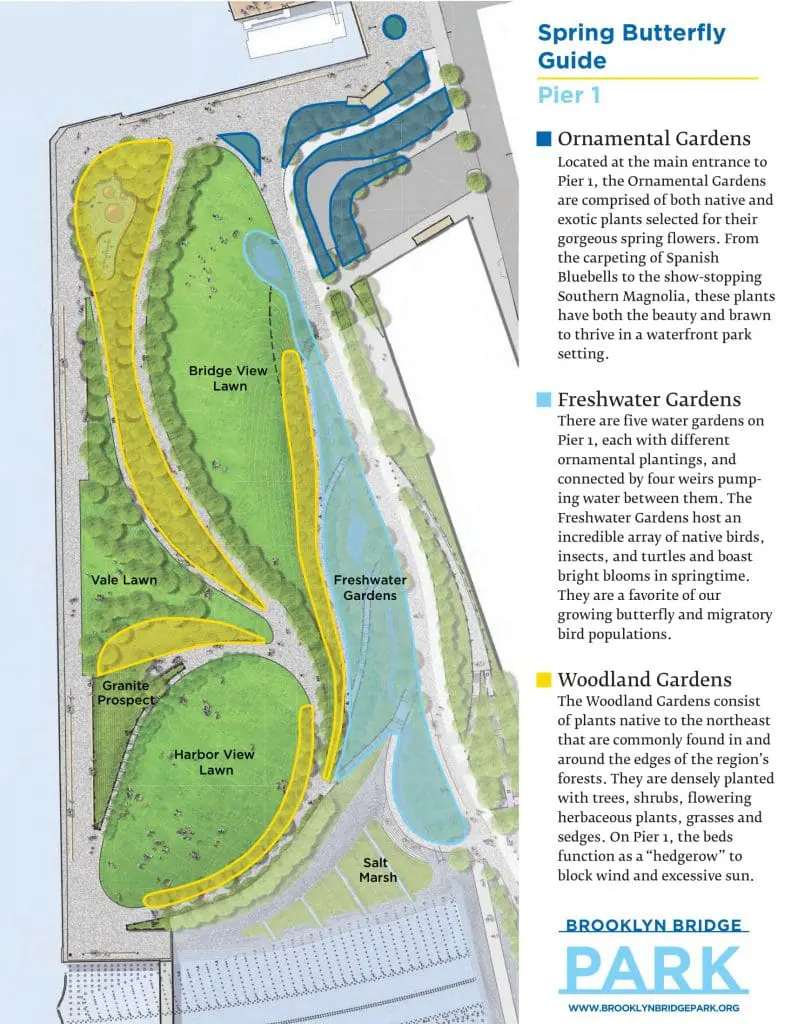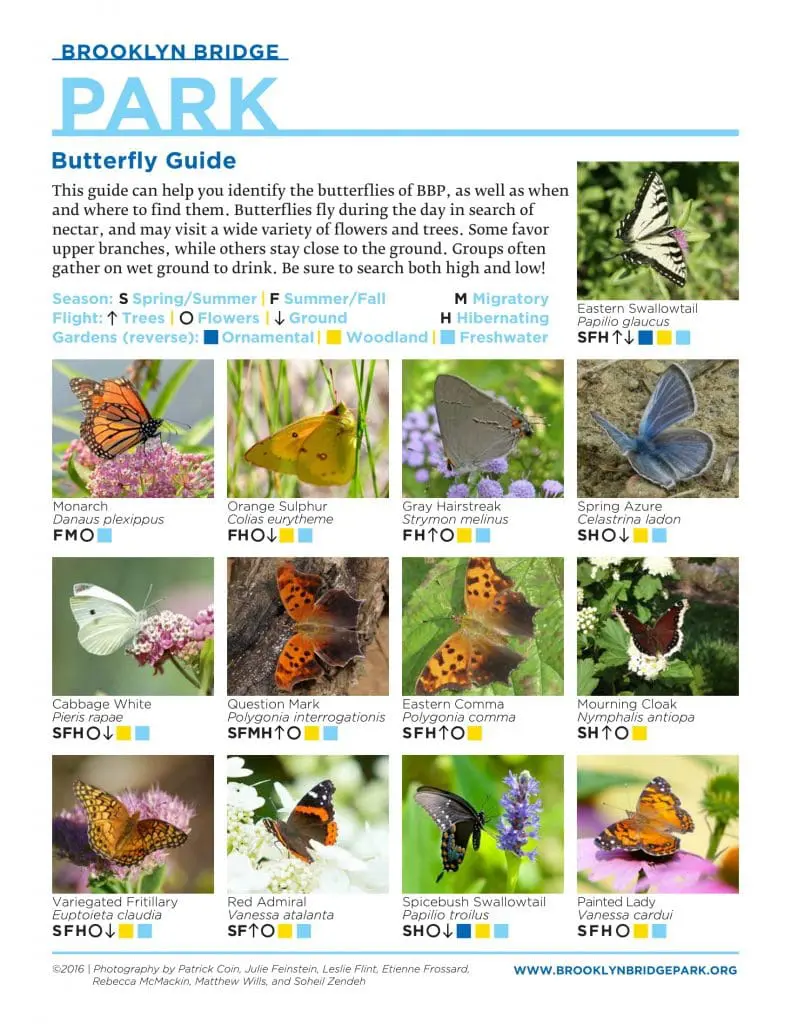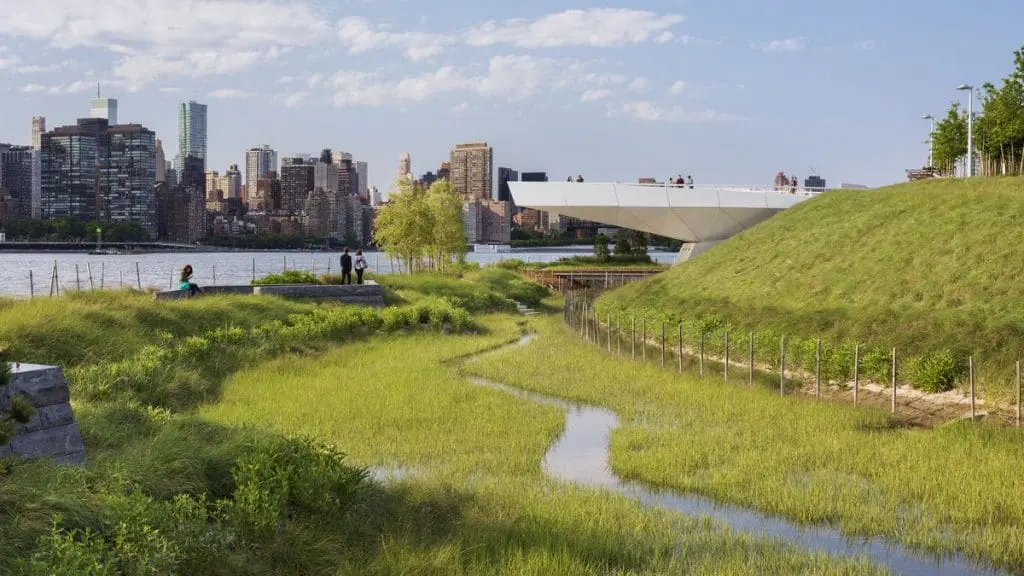On Tuesday we had the delight of attending the Brooklyn Botanic Garden’s Fall Plant-o-Rama conference. Keynote speaker Rebecca McMackin, Director of Horticulture at Brooklyn Bridge Park and fellow ELA Member truly amazed us with the details of the design project, its dedication to sustainability, habitat creation and resource recycling.
The 1.3 mile former strip along the East River is a former industrial site — used for shipping cargo storage when previously owned by the Port Authority of New York.
Landscape Architects Michael Van Valkenburgh developed the Master Plan for the site in 2004, which included repurposing six industrial piers into distinct gathering areas, habitats and functional spaces, which were installed from 2010 to 2018, with more future piers on the way. In a decade, this project has become a model for sustainable, ecological landscaping.
The designers and planners took great effort to fulfill the design with recycled and repurposed materials. For example:
- Fill, used to create meadow berms that help attenuate sound from the BQE, was taken directly from MTA tunnel building project to expand the LIRR.
- Recycled Longleaf Yellow Pine from a building on-site was used to make wooden benches, furniture, walkways and decking.
- Granite reclaimed from the Roosevelt Island Bridge reconstruction was used to create three distinct features: “Granite Prospect,” “Jane’s Carousel” and “Granite Terrace.”
Designing Habitats
The designers sought to restore the park to ecosystems that would have occurred naturally there pre-industrialization — like meadows and salt marshes. They also designed native habitats from nearby regions including woodlands and scrub-shrub habitat.
To achieve all these different habitats, soil specialist T. Fleisher developed 20 engineered soils to rehabilitate the post-industrial soil conditions.


Images courtesy of Brooklyn Bridge Park.

Another incredible design component was the storm water management plan, which used the water gardens to divert and treat stormwater, which is then stored underground and used to irrigate 70% of the park’s gardens and lawns!
We are blown away by the commitment to sustainability, organic maintenance and habitat restoration. Learn more about BBP sustainability practices, and gardens.
Kudos to Rebecca and the entire BBP team!